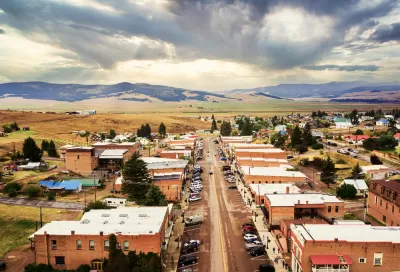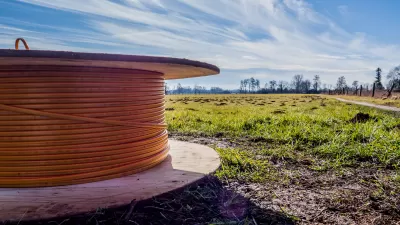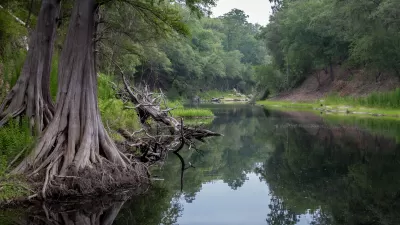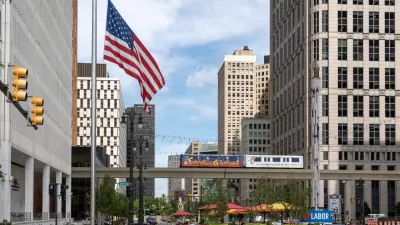The federal government is directing billions from the infrastructure package to areas outside of major cities.

“The Biden administration this week launched a special push around rural investments under the bipartisan infrastructure law, releasing a new guidebook and other materials meant to help rural communities tap the funds, and dispatching officials to promote millions of dollars for rural projects spread out around the country.”
Bill Lucia describes the Biden administration’s efforts to highlight the importance of rural infrastructure. “Biden's infrastructure czar Mitch Landrieu, the former New Orleans mayor, noted on a press call this week that there is $14.6 billion in the package that specifically targets rural areas and that this funding is on top of billions more set aside for rural communities in some of the Department of Transportation's biggest programs.” Funding will go toward broadband infrastructure, upgraded water and sewer systems, bridges, dams, electric grid upgrades, among other projects.
That said, many rural counties are up against difficult demographic realities, with poverty rates often outpacing nonrural areas, especially in the South, and with dozens of counties, in regions like the northern Great Plains, seeing populations decline and their remaining residents grow older. How far a wave of public works spending can go towards reversing these longstanding trends remains to be seen.
Meanwhile, “[Transportation Secretary Pete Buttigieg] said his department has been ‘putting our money where our mouth is’ with rural spending even before the infrastructure package. He cited nearly $1 billion in grants awarded last year under what's known as the INFRA program as an example, saying the Transportation Department awarded 44% to rural projects, instead of the minimum required threshold of 25%.”
FULL STORY: Biden Administration Plays Up Billions for Rural Infrastructure

Study: Maui’s Plan to Convert Vacation Rentals to Long-Term Housing Could Cause Nearly $1 Billion Economic Loss
The plan would reduce visitor accommodation by 25,% resulting in 1,900 jobs lost.

North Texas Transit Leaders Tout Benefits of TOD for Growing Region
At a summit focused on transit-oriented development, policymakers discussed how North Texas’ expanded light rail system can serve as a tool for economic growth.

Why Should We Subsidize Public Transportation?
Many public transit agencies face financial stress due to rising costs, declining fare revenue, and declining subsidies. Transit advocates must provide a strong business case for increasing public transit funding.

How to Make US Trains Faster
Changes to boarding platforms and a switch to electric trains could improve U.S. passenger rail service without the added cost of high-speed rail.

Columbia’s Revitalized ‘Loop’ Is a Hub for Local Entrepreneurs
A focus on small businesses is helping a commercial corridor in Columbia, Missouri thrive.

Invasive Insect Threatens Minnesota’s Ash Forests
The Emerald Ash Borer is a rapidly spreading invasive pest threatening Minnesota’s ash trees, and homeowners are encouraged to plant diverse replacement species, avoid moving ash firewood, and monitor for signs of infestation.
Urban Design for Planners 1: Software Tools
This six-course series explores essential urban design concepts using open source software and equips planners with the tools they need to participate fully in the urban design process.
Planning for Universal Design
Learn the tools for implementing Universal Design in planning regulations.
Ascent Environmental
Borough of Carlisle
Institute for Housing and Urban Development Studies (IHS)
City of Grandview
Harvard GSD Executive Education
Toledo-Lucas County Plan Commissions
Salt Lake City
NYU Wagner Graduate School of Public Service





























